PEOPLE on low incomes are more likely to die from heart attacks and related diseases than better-off patients, but the latter get more access to speedy treatment to unclog arteries, statistics show.
The proportion of deaths from heart and artery disease linked to poorer living standards has risen sharply since 1992, the Australian Institute of Health and Welfare has found.
An institute report released today shows that in 2002 adults from the most disadvantaged areas of the country had "significantly higher" death rates from cardiovascular disease, heart disease and stroke - 1.6 to 1.9 times higher than those from "least disadvantaged" localities.
The impact on health of low income, low education and high unemployment puts those from low socioeconomic areas at considerably increased risk of dying before more prosperous citizens.
The difference in life outcomes "translates to over 3400 deaths which may be regarded as being due to socioeconomic inequality", Lynelle Moon, of the institute's cardiovascular disease and diabetes unit, said.
Other institute findings showed that fewer than half - 44 per cent - of those getting state-of-the-art balloon treatment, or angioplasty, to unblock arteries were public patients, despite more than 55 per cent of Australians being public patients who would be more likely to require treatment than higher-income and generally healthier patients, whose health insurance enables private treatment.
Public patients are only slightly more likely to have coronary artery bypass graft surgery, the "open heart" procedure preserved for more serious conditions. The differences, indicating overservicing of private patients and underservicing of public hospital patients, raise equity issues, said Professor Garry Jennings, the director of the Baker Heart Research Institute in Melbourne.
"I think it's an issue that Australians expect to get the same level of treatment wherever they are treated. Equity is an important principle under Medicare," he said.
Angioplasty was more common for private patients with clogged arteries probably because cardiologists were more likely to recommend a low-risk procedure that could generate a fee of $5000 for them, he said.
But when a public hospital cardiologist was confronted with a patient with similar symptoms, the strain on resources made it more likely that the patient would be prescribed drugs to settle the problem "and probably get just as a good a result".
Professor Jennings said it was also likely that public patients were more likely to get open heart surgery instead of angioplasty because their problems were more serious.
Public patients from the country who may have waited longer for surgery than those in the city, and lower socioeconomic patients who were more likely to be smokers, overweight and prone to diabetes, were also more likely to require full-scale bypass surgery.




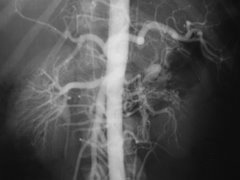
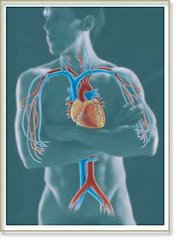
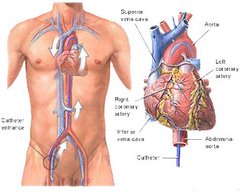
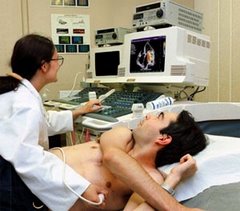
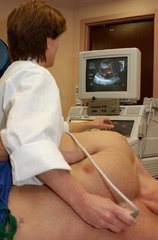
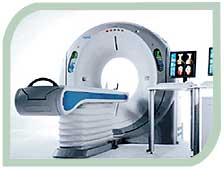
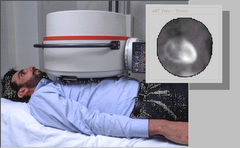
No comments:
Post a Comment